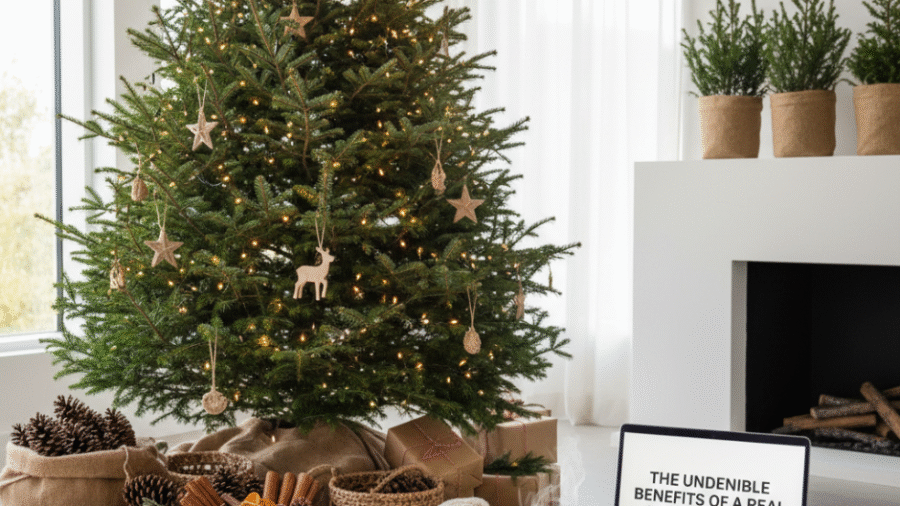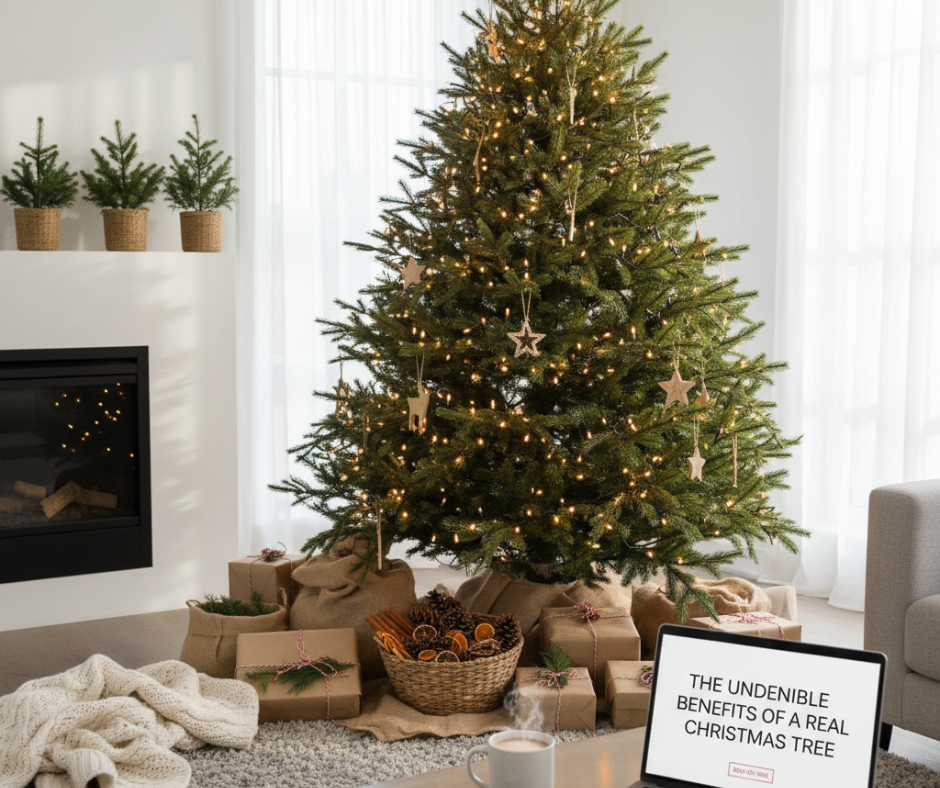The holiday season brings with it a cherished tradition: setting up and decorating a Christmas tree. For many, the decision to choose between a real or artificial Christmas tree marks a significant moment in shaping their Christmas ambiance. Real Christmas trees remain a popular choice because of their natural beauty, fragrance, and symbolic connection to the season.
This article delves into the numerous benefits of a real Christmas tree, spanning environmental sustainability, health benefits, aesthetic pleasure, and emotional resonance. Understanding these advantages can help consumers make empowered, meaningful decisions for their holiday celebrations.
Environmental Benefits of Real Christmas Trees
Contrary to some assumptions, real Christmas trees offer several notable environmental advantages:
1. Renewable and Biodegradable Resource
Real Christmas trees are grown on farms specifically cultivated for this purpose, making them a renewable resource. Each year, farmers plant more trees than they harvest to maintain sustainability.
-
Trees absorb carbon dioxide during growth, helping combat climate change.
-
After use, real trees are 100% biodegradable and can be recycled for mulch, compost, or erosion control.
-
Recycling programs turn discarded trees into valuable soil amendments that enrich community parks and gardens.
This organical disposal contrasts sharply with artificial trees, which are made of non-biodegradable plastics and metals and often end up in landfills.
2. Supports Local Agriculture and Economy
Purchasing a real Christmas tree often supports local farmers and small businesses, sustaining rural economies and promoting harvest-friendly agricultural practices.
Annual sales create jobs in farming, transportation, retail, and recycling industries, providing tangible economic benefits within communities.
Health and Psychological Benefits
1. Enhances Indoor Air Quality
Natural Christmas trees release phytoncides, organic compounds emitted by plants that can reduce indoor airborne bacteria and fungi. This contributes to fresher air and a healthier home environment.
Their needles also release essential oils that may promote relaxation and stress reduction. The fresh pine scent is scientifically known to improve mood and increase feelings of happiness during the holidays.
2. Promotes Emotional Well-being and Holiday Spirit
Real trees evoke sensory memories and nostalgic feelings that enhance emotional well-being.
-
The tactile experience of handling a live tree—smelling the resin, feeling the texture—creates a unique connection to nature.
-
Decorating a natural tree is a ritual that fosters family bonding, joy, and anticipated celebration.
-
The presence of a living tree symbolizes renewal, life, and warmth, heightening holiday cheer and mindfulness.
Aesthetic and Practical Advantages
1. Authentic Beauty and Natural Fragrance
-
Real Christmas trees offer a vibrant, natural green color and elegant branch structure that many artificial trees cannot fully replicate.
-
The fresh pine scent is an irreplaceable feature that fills homes with holiday aroma.
-
Trees vary naturally in shape and size, offering rustic charm and organic individuality.
2. Traditional and Cultural Significance
For generations, real Christmas trees have served as focal points during celebrations, connecting present festivities with past traditions and cultural heritage.
-
They represent growth and continuity.
-
Many faiths view the evergreen’s symbolism as deeply spiritual, representing eternal life and hope.
-
Bringing a real tree home reinforces family rituals and community ties.
Real Christmas Trees vs. Artificial Trees: Environmental Considerations
While artificial trees can be reused annually, they are typically made from PVC plastics and metals which involve fossil fuel extraction and manufacturing impacts:
-
Artificial trees often have a carbon footprint significantly higher than real trees.
-
They are not biodegradable.
-
Disposal after use involves landfill contributions, persisting as plastic waste.
Research generally supports that buying a real tree annually, with responsible disposal, is more environmentally friendly compared to limited-use artificial trees.
Tips for Choosing and Caring for a Real Christmas Tree
To maximize benefits, consider these tips:
-
Buy from local, certified tree farms supporting sustainable practices.
-
Choose species suited for your climate and needle retention preferences.
-
Keep the tree hydrated daily to maintain freshness and reduce needle loss.
-
After the season, recycle via municipal or farm programs.
Read More: How to Take Care of an Indian Christmas Tree: A Detailed Guide for a Fresh and Festive Holiday
Conclusion
Real Christmas trees offer a wealth of benefits that go beyond mere decoration. Their environmental renewability, health-promoting properties, authentic beauty, and cultural significance make them a meaningful choice for many holiday celebrants.
The simple act of selecting a live Christmas tree connects us to nature’s cycles and enriches holiday experiences with joy, tradition, and sustainability.



Add a Comment